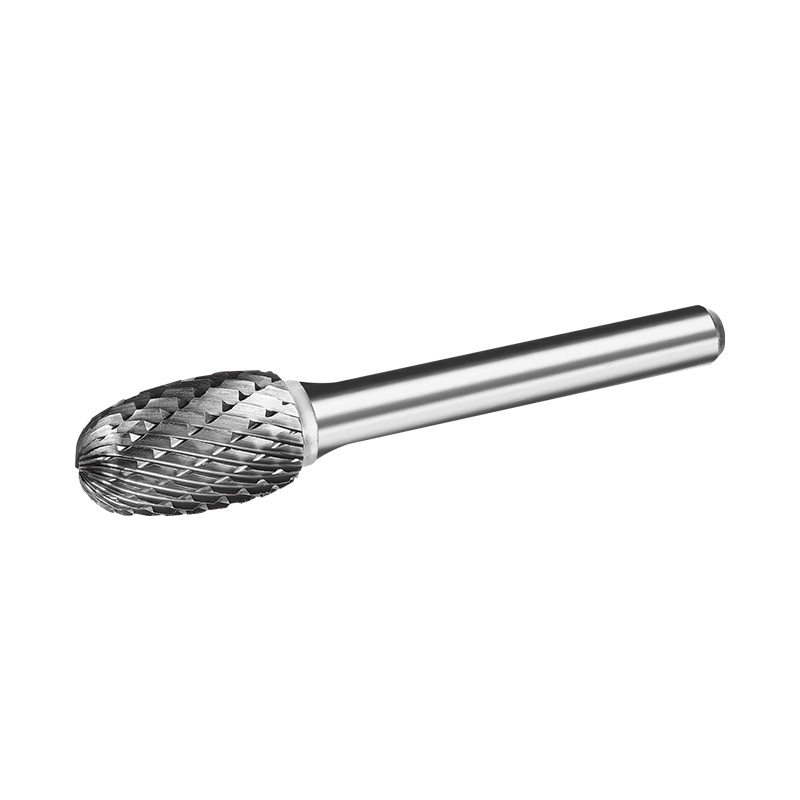Carbide Rotary Burs are widely recognized for their versatility and durability in metalworking, woodworking, and precision shaping tasks. One of the common questions among professionals and hobbyists is whether these burs can be safely and effectively used with high-speed rotary tools or air-powered pneumatic devices. Compatibility is crucial because using the wrong type of bur with a high-speed or high-torque tool can compromise performance, reduce tool lifespan, and even create safety hazards. Understanding the factors that influence compatibility allows users to improve both efficiency and safety.

Mechanical Considerations for High-Speed Rotary Tools
High-speed rotary tools operate at rotational speeds that can exceed tens of thousands of revolutions per minute. Carbide Rotary Burs are designed to withstand significant stress, but excessive speed may generate heat and vibration that affect performance. The shank size and overall design of the bur must match the collet or chuck of the rotary tool to ensure stable operation. An improperly secured bur can wobble, causing uneven cuts, accelerated wear, or potential breakage. When using these tools, maintaining the manufacturer-recommended speed range is essential to avoid overheating and to preserve the cutting edge.
Pneumatic Tool Compatibility
Air-powered or pneumatic tools introduce additional considerations. These devices often provide higher torque and consistent rotational speed, which can enhance cutting efficiency. However, the force exerted on the bur may be greater than what a hand-held rotary tool delivers. Carbide Rotary Burs are generally robust enough to handle this torque, but users should ensure that the bur’s shank and attachment system are rated for pneumatic operation. Incompatible burs may loosen during operation, creating dangerous projectiles. Using burs specifically designed for pneumatic tools or confirming compatibility with the manufacturer is always recommended.
Heat and Wear Implications
Both high-speed rotary tools and air-powered tools can generate substantial heat during prolonged use. Carbide Rotary Burs are highly wear-resistant, but heat buildup can dull the cutting edges over time and reduce efficiency. Proper cooling methods, such as intermittent cutting, air circulation, or lubrication, are critical in maintaining tool performance. Additionally, the choice of bur geometry and coating can influence heat dissipation. Fluted designs and coated surfaces help reduce friction and prolong life, making burs more suitable for high-speed and pneumatic applications.
Safety Considerations
Safety is a primary concern when using Carbide Rotary Burs with any powered tool. High-speed rotation increases the risk of accidents if the bur is not properly secured or if it becomes damaged. Eye protection, gloves, and proper tool handling are essential. Users should also inspect burs regularly for cracks, chips, or excessive wear before use, particularly when operating under high-speed or pneumatic conditions. Selecting the correct bur type for the specific tool and application reduces the likelihood of tool failure and enhances operator safety.
Carbide Rotary Burs can be compatible with both high-speed rotary tools and air-powered pneumatic devices, provided that appropriate precautions are taken. Matching shank size, observing speed limitations, using proper cooling techniques, and following safety protocols are all critical factors. By considering these aspects, users can take full advantage of the bur’s durability and cutting efficiency while reducing wear and maintaining safety. Proper selection and operation ensure that these versatile tools perform reliably across a wide range of high-speed and pneumatic applications.